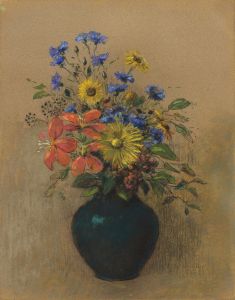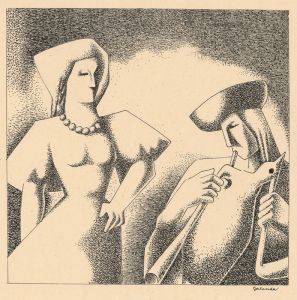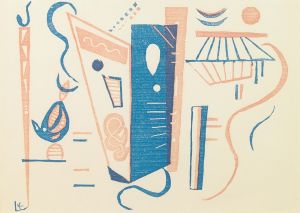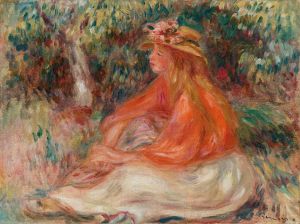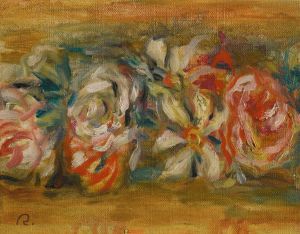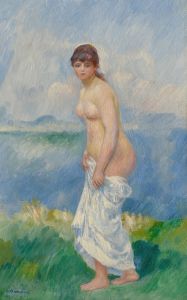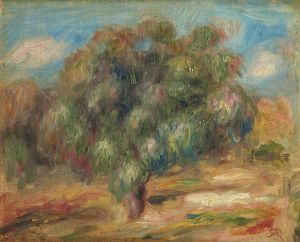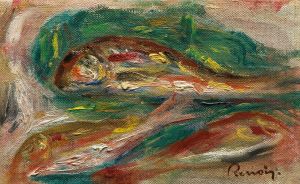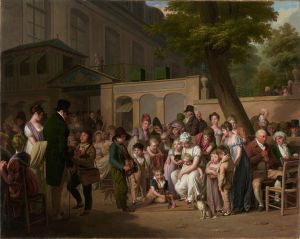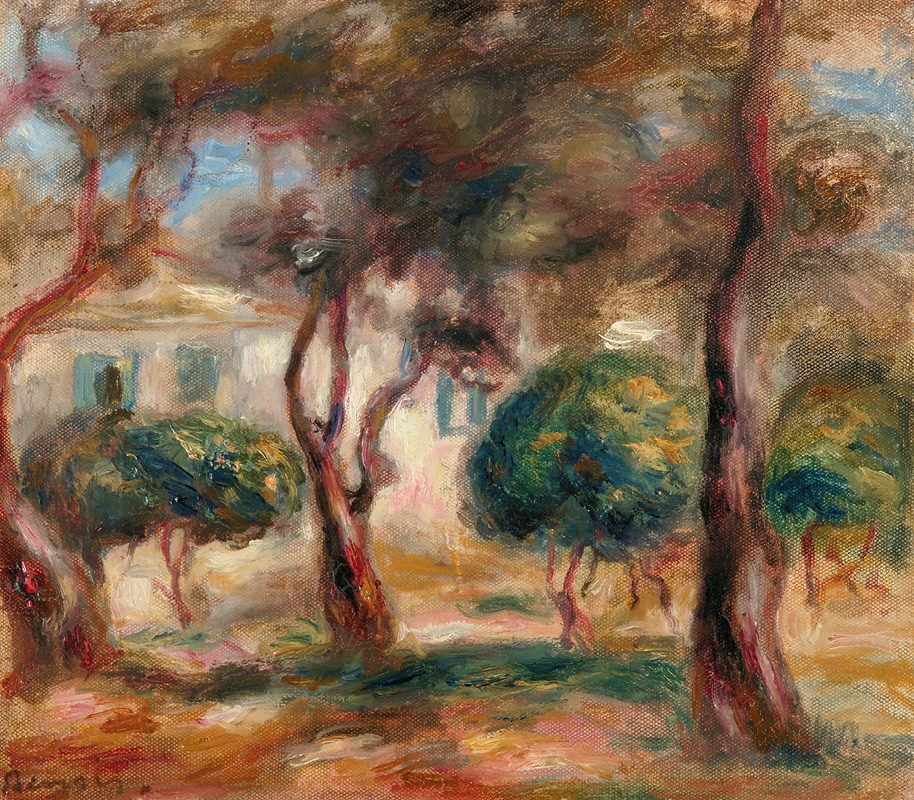
Le Jardin Des Collettes
A hand-painted replica of Pierre-Auguste Renoir’s masterpiece Le Jardin Des Collettes, meticulously crafted by professional artists to capture the true essence of the original. Each piece is created with museum-quality canvas and rare mineral pigments, carefully painted by experienced artists with delicate brushstrokes and rich, layered colors to perfectly recreate the texture of the original artwork. Unlike machine-printed reproductions, this hand-painted version brings the painting to life, infused with the artist’s emotions and skill in every stroke. Whether for personal collection or home decoration, it instantly elevates the artistic atmosphere of any space.
Pierre-Auguste Renoir, a prominent French artist and a leading figure in the development of the Impressionist movement, created the painting "Le Jardin des Collettes" during the later years of his life. This artwork is a testament to Renoir's enduring passion for capturing the beauty of nature and his evolving artistic style.
"Le Jardin des Collettes" depicts the garden of Renoir's estate in Cagnes-sur-Mer, a small town in the south of France. Renoir moved to this location in 1907, seeking a warmer climate due to his declining health. The estate, known as Les Collettes, became a significant source of inspiration for Renoir, who found solace and joy in its lush surroundings. The garden, with its olive trees, flowers, and vibrant Mediterranean light, provided Renoir with a rich tapestry of colors and forms to explore in his work.
In this painting, Renoir employs his characteristic loose brushwork and vibrant color palette to convey the serene and idyllic atmosphere of the garden. The composition is filled with a sense of movement and light, capturing the essence of the natural world in a way that is both vivid and harmonious. Renoir's use of color is particularly noteworthy; he applies a range of greens, blues, and earth tones to depict the foliage and landscape, creating a sense of depth and texture that invites the viewer into the scene.
During this period, Renoir's style had evolved from the more spontaneous and sketch-like qualities of his earlier Impressionist works to a more refined and structured approach. This change is evident in "Le Jardin des Collettes," where the forms are more defined, and the composition is carefully balanced. Despite his physical limitations due to rheumatoid arthritis, which severely affected his hands, Renoir continued to paint with remarkable skill and dedication, often having brushes tied to his hands to facilitate his work.
"Le Jardin des Collettes" is not only a reflection of Renoir's artistic mastery but also a personal expression of his connection to the landscape that surrounded him during the final years of his life. The painting embodies Renoir's belief in the beauty of nature and his desire to capture its essence on canvas. It stands as a testament to his enduring legacy as one of the great masters of Impressionism.
Today, "Le Jardin des Collettes" is appreciated for its beauty and historical significance, offering insight into Renoir's later artistic endeavors and his deep appreciation for the natural world. The painting continues to be celebrated in exhibitions and collections, allowing audiences to experience the tranquil beauty of Renoir's beloved garden.





